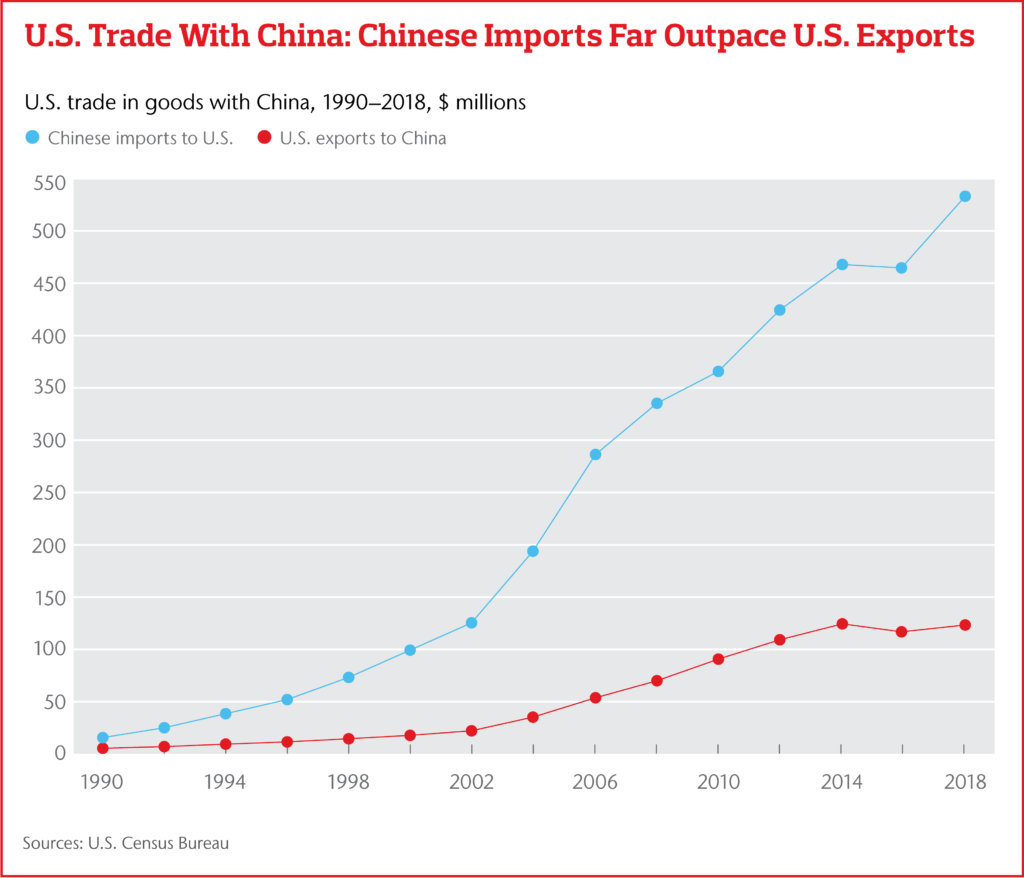In The Headlines
U.S.–China trade relations have escalated over the past few months, with many billions of dollars in goods facing hefty tariffs. Meanwhile, Canada and Mexico have reached a deal with the U.S. to lift levies on steel and aluminum imports.
How can businesses navigate a constantly changing trading landscape?
Why Does It Matter?
Disruptions in cross-border trade relationships, especially between economic superpowers such as the U.S. and China, can cause ripple effects across the global economy.
Companies that have overseas operations, rely on supply-chain partners in other countries or sell to foreign markets can see their business seriously affected – even crippled – by international trade disputes.
An increasingly volatile global environment can also have impacts on a local level, with international organizations finding it harder to do business overseas.
The Tariffs: U.S. And China
On May 10, 2019, the U.S. more than doubled tariffs on $200 billion in Chinese goods, claiming China had reneged earlier trade commitments. Beijing then raised tariffs on $60 billion worth of American imports. Then, on May 13, the U.S. outlined plans to impose 25 percent tariffs on the $300 billion of Chinese exports it had not already levied.
Beyond the tariffs’ direct financial effect, the trade dispute has created uncertainties for companies that do business with China or with Chinese partners or markets.
In the current trade dispute, industries from agriculture to automotive to tech have found themselves affected.

Managing Through Geopolitical Uncertainty
Businesses are encouraged to take a comprehensive view of the fallout from any trade dispute.
“There’s the tariffs themselves and the potential impact on contracts that can make projects or supply chains more expensive,” says John Minor, national practice leader, Political Risk at Aon, “But it’s also the uncertainty of ‘Where is this going?’ and ‘How is an escalation of these trade tensions going to affect my business?’.”
Other concerns for U.S. companies with operations in China are whether they might become targets for harsh regulation or whether local courts will protect their contracts and legal rights.
“Regardless of where tariffs originate and how long-term trade is affected, such situations can serve as a reminder to business leaders of the importance of diversification to not necessarily rely on a single market,” says Aon’s Clay Sasse, managing director at Aon Trade Credit.
Bernhard Steves, managing director, Crisis Management Practice at Aon, echoes the sentiment as U.S.–China trade tensions can spill over into other markets, “market uncertainty is a concern, and business leaders might be shopping for new trading partners that offer more stability.”
Facing the threat of existing or potential trade disputes, businesses must identify their potential exposures and look to mitigate risks. In some cases that might mean identifying new supply chain partners or markets.
“There is no clear answer on where trade talks might lead,” says Minor. Indeed, impacts to business are uncertain as the talks progress. “Whether business leaders decide to slow down expansion plans, rethink location strategy or pull investments from one market to another – all are paths forward as businesses continue to navigate through today’s uncertain geopolitical climate.”
The post U.S. And China: Navigating Trade Uncertainty appeared first on The One Brief.
